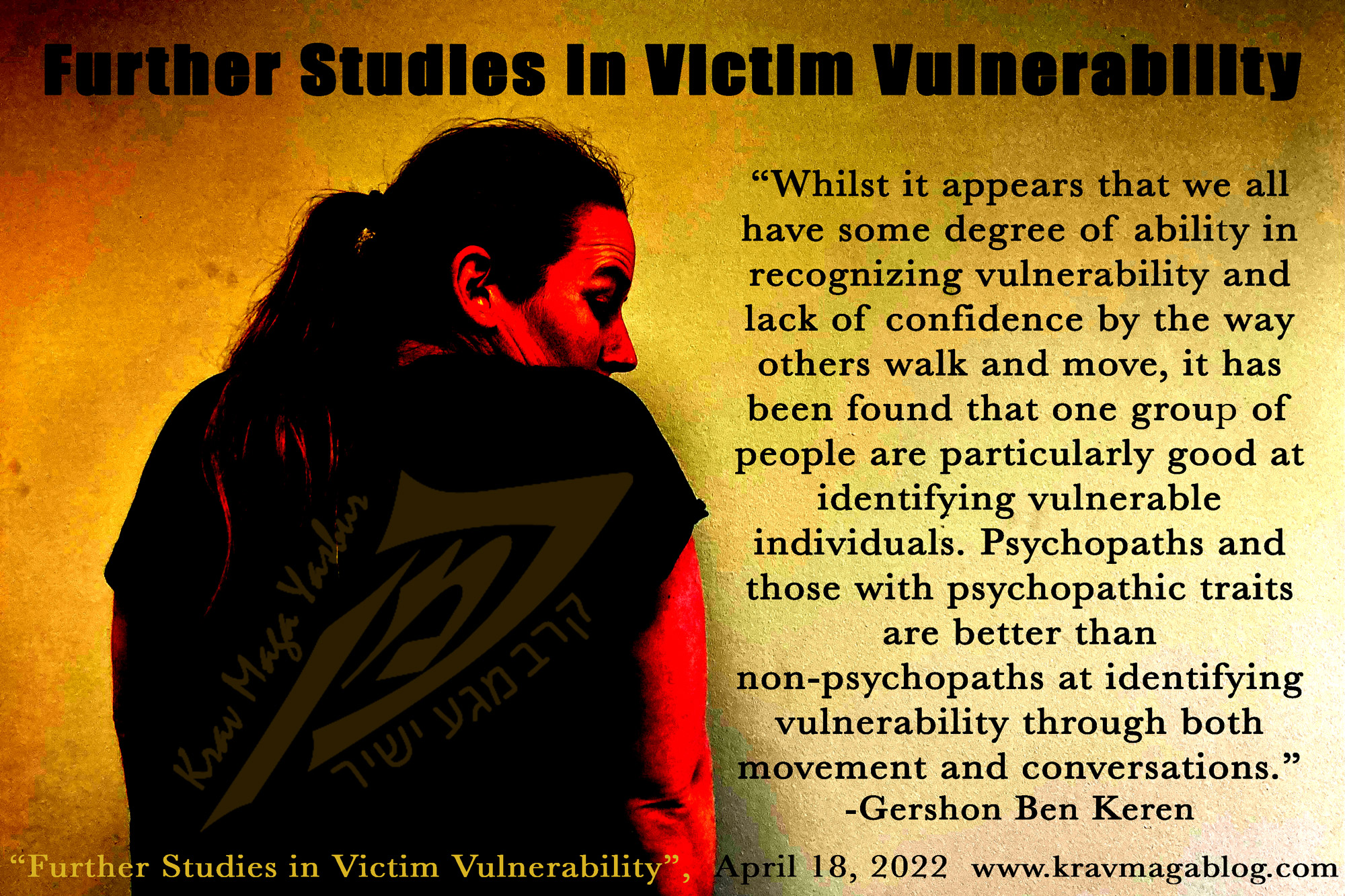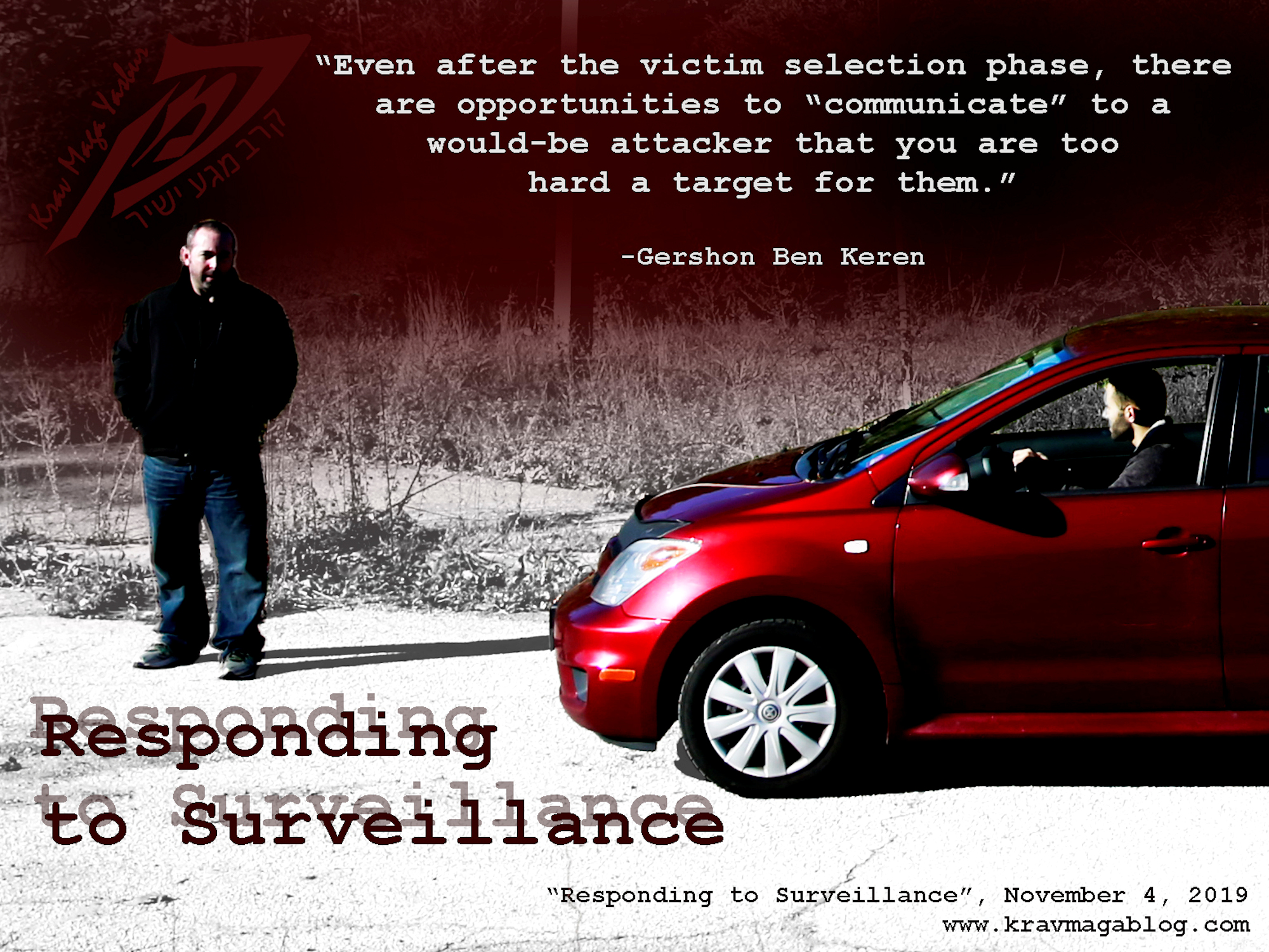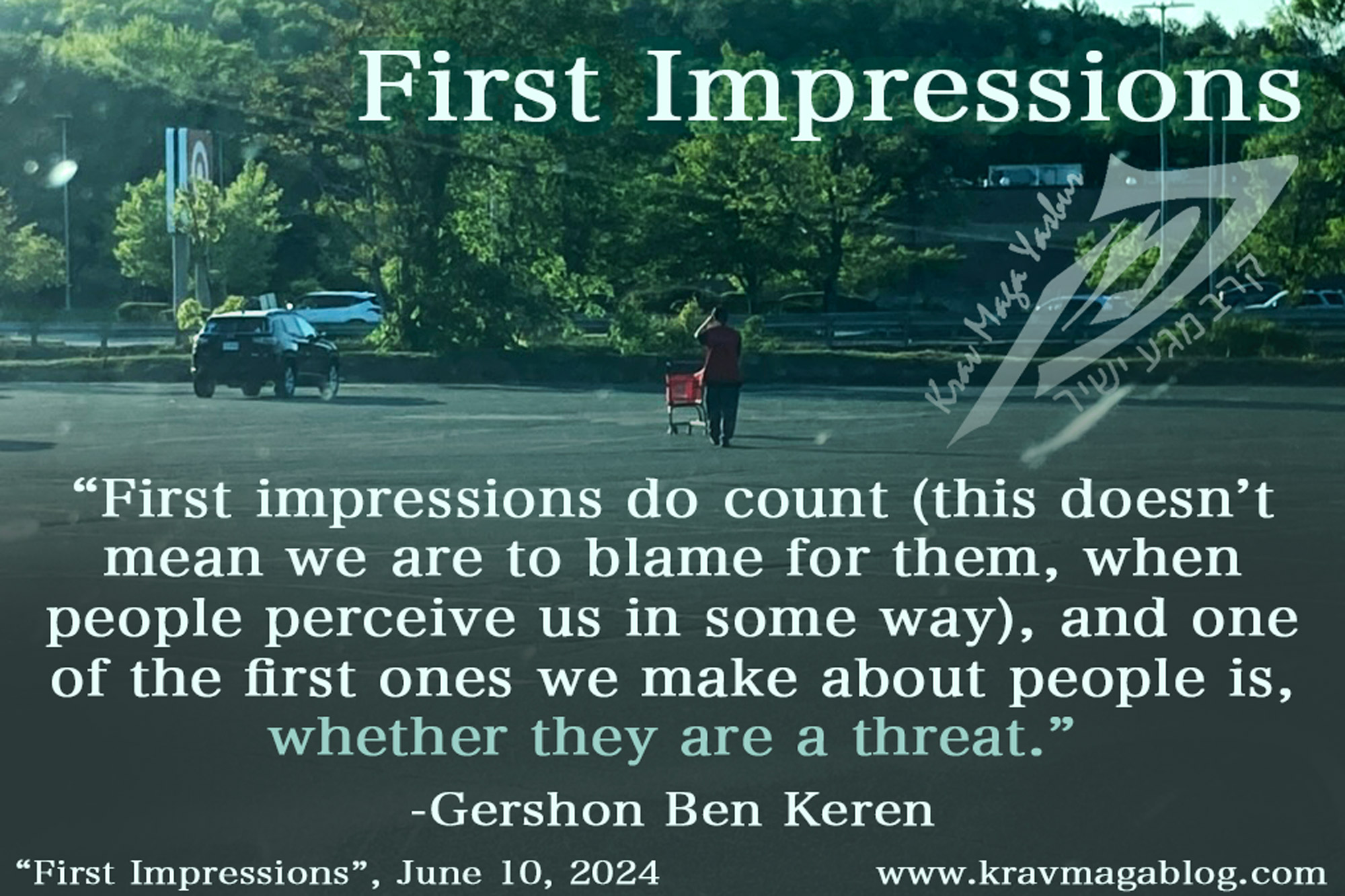Devices As Safety Nets, is an article written by Gershon Ben Keren, a 5th Degree Black Belt in Krav Maga, who teaches Krav Maga in Boston, MA. He has also authored three Amazon best-Selling Books on Krav Maga.
We have already lost a lot of our survival skills, due to our modern lifestyles. We are no longer as aware or curious about our environments, as we once were, and we generally spend less and less time thinking about and considering our personal safety. Modernization has meant that our lives our generally safer than they have ever been – compare living in a city today, with a century ago, etc. Some of these changes are good i.e. the chances of being murdered and killed, are a lot less than they were a thousand years ago, and some of these changes aren’t so good, such as the adoption of bad personal safety habits e.g. walking whilst texting, being on the phone when we should be looking around, etc.
We have also become more than happy to pass off personal safety responsibilities, to technology. In the past year, I have seen more personal safety gadgets and applications, that promise “touch-of-a-button” solutions to situations, than ever before. These gadgets and apps, all promise one thing; that they will deal with a dangerous situation for you, and this is an extremely attractive message. The promise is that you will no longer have to make risk assessments, concerning the situations you put yourself in, and if it does appear that you may be in danger, the app/gadget will resolve the situation for you in a non-confrontational manner. Some of these gadgets seek to assure you that you will no longer need to learn how to set boundaries, learn to be assertive, or navigate socially awkward situations, as the app/gadget will make these skills redundant. However, technology in and of itself is not a solution, and to work it needs to be implemented in a realistic, natural and effective manner. The underlying message of these apps/gadgets is fundamentally flawed; they still rely on human behavior and action to make them work.
Many of these gadgets are aimed at women, and promise to reduce/eradicate rapes and sexual assaults, and yet don’t address the most common situations, where such attacks take place. Women, are statistically most likely to be raped by someone they know in their home or somebody else’s, and yet most of these gadgets, are marketed around the idea that women are most at risk from strangers in public spaces, such as bars and clubs. Often, these gadgets are disguised as pieces of jewelry with a hidden distress button, that when pressed alerts friends in a network, that a person is in danger, and informs them of their location via GPS. The idea is that a woman who is being harassed/pressured, or feels threatened, can discretely press a button on a bracelet, and her friends will rush to her assistance. This would work if her friends were a) in the vicinity, and b) took the alert seriously, however there is a rich supply of studies that show people have a tendency to deny and discount danger when they are alerted to it.
Imagine that a friend of yours phones you because they are walking on their own, late at night, and they feel nervous/scared. They haven’t identified anyone in their environment, or any actual threat, but it’s late, and they tell you that they would feel better talking to someone. Suddenly, you hear a scuffle, and the phone goes dead, what do you do? Do you give them 5 minutes to see if they phone you back? Do you try and call them back? And what do you do if you don’t get an answer? Do you call the police, risking the potential embarrassment of being wrong and “wasting” their time? Most people will discount the danger and deliberate for a period of time before doing anything – and most will do nothing, convincing themselves that the most likely explanation is that the person’s phone went dead, etc. If that person’s entire safety/survival strategy rested on somebody else’s actions, they are in trouble. If you receive an alert, and the GPS shows that the person is at home, and you’re either at work, or its late at night, are you going to assume the person is in danger, or that the alert is a “false” one? Or perhaps that somebody else in the network of friends will respond to it, so you don’t? What if your friend does phone the police, or the device contacts law enforcement directly? What are the response times for the area you’re in, and how much information do the police have on where to find you? The briefest sexual assault on record took place in under seven seconds, between two stops on a New York subway. The woman who was assaulted wasn’t able to react until it was over, due to the shock of the attack. An assault may be over before the police are able to locate and get to you. Any personal safety solution that relies on the actions of others is fundamentally flawed.
I have also heard about apps/gadgets – usually disguised as jewelry -that will send a “fake” text message, or phone call to your mobile, so that you can exit an awkward, inconvenient and/or dangerous interaction, by making an excuse that you have to take it. This non-confrontational approach to exiting a potentially dangerous situation, is very appealing, but has many potential flaws. If you are in your home (and will you be wearing your bracelet/jewelry in your house?), with somebody who is making you feel uneasy, and you press the alert button, which sends the call to your phone, what are you going to make up/tell them, that will be a believable reason for getting them to leave? If they ask questions or press you on it, is your story going to stand up? If they have harmful intent towards you, are they likely to respect what you are saying/asking them to do? If you are going to end up having to be assertive, to back up a made-up phone call, wouldn’t it have been better to be assertive in the first place, asking the person to leave – or explaining that you have to leave – because of a legitimate reason. When we write the script for predatory individuals and believe that they will always behave/respond in a certain way, we will find ourselves in trouble when they don’t. Several years ago, a woman was raped in the North End of Boston. She realized she was being followed, and pretended to be on her phone, believing that the man who followed her would respect the social convention, of not interrupting a person who was on the phone. He didn’t. Someone who didn’t have predatory, harmful intent towards her, may have respected that convention, however such individuals are not the people we need to protect ourselves against.
The best way to see how these apps and gadgets may be used is to role-play with them in a variety of likely and realistic scenarios. Not testing them to see when/where they work, but testing them to fail e.g. have somebody become incensed that you take a call when talking to them, or refuse to leave when your friends turn up to assist you etc. Change the location from a bar/public space you your house or room. Have somebody question the legitimacy of your call. Understand as well, that at some point the “professional” predators will be aware of these gadgets and apps, and be ready to challenge them, as well as find ways to circumvent them. When it comes down to it, these apps and gadgets are not solutions, and certainly not a replacement for self-protection knowledge and understanding. Hoping that an individual will respond in the way that the app or gadgets believes they will, is no self-defense strategy.
0 COMMENTS















